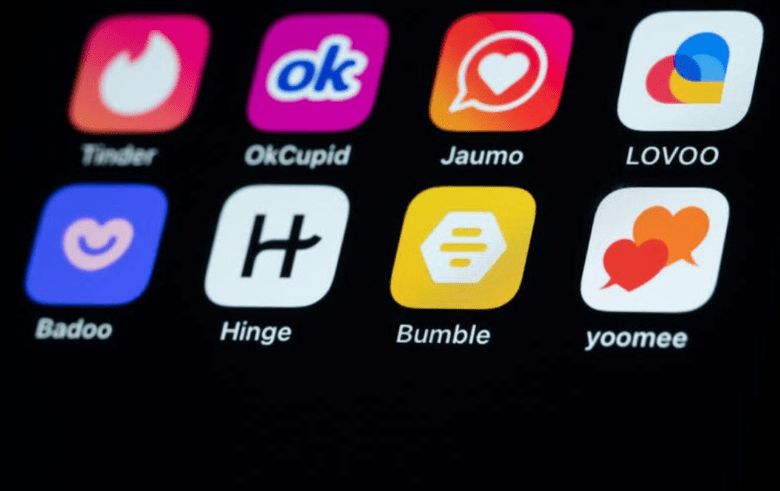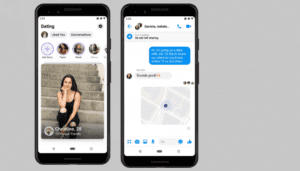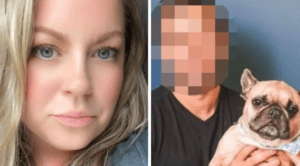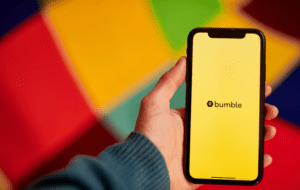Why Every Dating App and Date Seem to Be Getting Worse: An Honest Talk About Dating Apps for Disillusioned Singles
You’ve probably felt it if you’ve used a dating app in the past few years. What once seemed like an exciting, modern way to meet people and build relationships has lost its spark. More users are starting to talk about dating apps because they seem to be getting worse—not better.
In this article, we’ll break down why this phenomenon is happening, supported by recent reports and data from industry experts. If you’re a single adult who’s feeling burnt out, you’re not alone. Since 2020, a massive shift has occurred in the dating app industry, leaving many users feeling frustrated and exhausted. We’ll explore the brief history of apps like Tinder, Bumble, and Hinge, and reveal new ways to find meaningful connections in an offline world.
1. Swiping Fatigue Is Draining Your Energy
For many single adults, dating apps were once a fun, low-pressure way to meet people. But the game has changed. Today’s popular dating apps are powered by gamified swipe-based apps, designed to keep you constantly swiping. This design relies on the quick dopamine hit of a match, rather than fostering authentic connections.
Swiping fatigue has become a common feeling. A recent report from Forbes Health found that 79% of Gen Z users and 80% of millennials feel exhausted by dating apps. This fatigue comes from endless swiping with little reward. Meeting someone meaningful is harder than ever when the process feels like a chore rather than a connection.
Women on Hinge, for example, have gone viral on TikTok sharing their frustrations with Hinge’s rose system. While Hinge brands itself as an app for looking for relationships, many women have expressed the chagrin of singles who are tired of paying to have their profile seen or to send more than one rose a week.
As Adam Harder, co-founder of InPress, explains, “The reason Tinder is so fun is because it delivers that quick dopamine hit. Unfortunately, connecting with humans isn’t binary.”
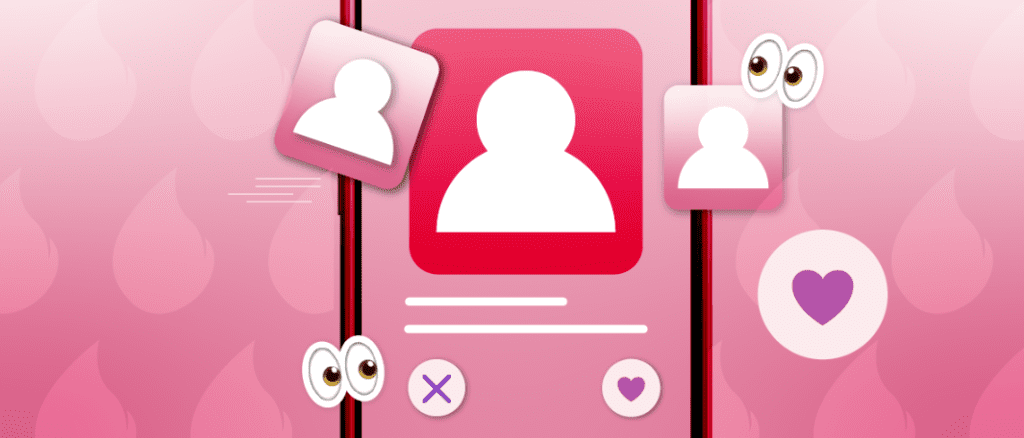
2. Monetization Over Matchmaking: Paying More, Getting Less
The original dating app model promised love for free—or at least, for the price of a few hours of your time. That’s no longer the case. Apps are shifting toward heavy monetization strategies that prioritize profit over authentic love-match outcomes.
Tinder Select, for instance, offers exclusive access for a jaw-dropping digit of $499 per month. This feature claims to deliver better matches you want, but many users see it as an unnecessary waste of money. Similarly, Bumble and Hinge offer unlimited swipes, priority profile placement, and advanced filters—but only for those willing to pay.
These features lead many to spend more money without better results. This dynamic contributes to a sense of disillusion with the industry. As one resident of New York said, “I feel like I’m spending so much on these apps and not even getting a decent date out of it.”
Quotable: “Let’s not bucket ourselves into these traditional—frankly superficial—dating apps that prioritize people based on how pretty their profile is,” Harder said.
3. Algorithms Can’t Sign You a Real Connection
At the heart of every dating app is an algorithm. These tech tools claim to help you meet people and make it easier to find a relationship. But do they? Increasingly, users are realizing that algorithms don’t always lead to better matches. They’re often engineered to keep you swiping rather than meeting someone in person.
The algorithm rewards quick engagement—whether you like or swipe—without ensuring compatibility. Gamified swipe-based apps push you toward the quick dopamine hit, rather than fostering deep connections.
As Adam Harder, co-founder of InPress puts it: “The whole mission of InPress is to bring people together based on how they think and feel, not how they look.”
And he’s right. While Tinder, Bumble, and Hinge encourage users to pay for better profile placement, their algorithms can’t predict chemistry or emotional connection. They can’t guarantee a love match, no matter how many features they offer.
4. The Paradox of Choice Leads to Disillusionment
One major issue plaguing popular dating apps is the paradox of choice. The more options you have, the harder it is to choose. Users often experience tiredness and fatigue after scrolling through endless profiles, wondering if the next match will be better.
This problem has existed since 2020, but it’s grown worse. As more people joined dating apps, the competition increased. Single adults are faced with the reality that the more options they have, the less satisfied they become.
This phenomenon leaves many feeling disillusioned. They report feeling disconnected, overwhelmed, and less likely to find a true relationship. Despite the promises, many users end up believing that dating apps seem to be getting worse with each passing year.
5. New Ways to Meet People Are Making a Comeback
Tired of the endless swipe culture, many singles are turning to new ways to meet people. From Washington D.C. to New York, people are rejecting dating apps and trying offline methods instead.
Creative Love-Match Campaigns
In August, a resident of Philadelphia made headlines by renting a billboard that read, “Dave is single! Want to go on a date with Dave?” This unique approach grabbed attention and led to several real-world connections.
Eve Tilley-Coulson took a similar approach when she offered $5,000 to anyone who could introduce her to her future husband. Her viral TikTok campaign made waves, showing how people are moving away from dating apps and back into offline matchmaking.
Friend-Match and Social Clubs
Some single adults are skipping dating apps altogether in favor of social clubs and events. Friend-match opportunities are available through running groups, book clubs, and even park meetups. Pitch-A-Friend nights, where you “pitch” your friend as a great catch, are gaining popularity in D.C. and beyond.
Fun fact: Speed dating was invented by a rabbi in 1998 and is making a major comeback today. These in-person events are proving more effective for many who are tired of the frankly superficial world of gamified swipe-based apps.
6. Women on Hinge and the Problem With Rose Jail
One of the most talked-about features in Hinge is the rose system. Women on Hinge have shared viral TikTok videos explaining their frustrations with “rose jail.” Users can only send one rose a week unless they pay for more, leaving many feeling trapped.
For female users, the system can feel exploitative. They often report the chagrin of singles—paying more without getting better results. This has led to increased skepticism about the industry and its intentions.
As more users share their stories, it’s clear that the monetization strategies of popular dating apps are hurting, and not helping. The feature doesn’t foster trust or encourage meaningful relationships. Instead, it’s another example of how dating apps seem to be getting worse.
7. Offline Dating: The Future of Real Connections?
With all the burnout and disillusion, there’s a clear shift back toward offline dating. Apps like Dating App Happn blend real-world interactions with digital convenience by notifying you when you cross paths with another user nearby.
The whole mission of apps like InPress and Happn is to move away from algorithm-driven matching and toward authenticity. As Adam Harder, co-founder of InPress, says, “We’re not prioritizing how pretty your profile is. We’re focusing on how you think and feel.”
These new ways of dating offer hope for those who feel the industry has lost its way. Whether it’s through friend-match events, social clubs, or local meetups in parks, more singles are finding that true connections happen offline.
Conclusion: Don’t Settle for Less in 2025
It’s no surprise that dating apps seem to be getting worse. Between spending more money, swiping fatigue, and algorithm-driven disappointments, many users are ready for a change.
But there’s hope. By exploring new ways to meet people and reconnecting offline, you can avoid the worry and burnout of gamified swipe-based apps. Whether you’re in New York, Washington D.C., or anywhere in the U.S., the shift away from dating apps and toward authentic connection has begun.
Frequently Asked Questions (FAQs)
Why do dating apps feel exhausting?
Because they rely on gamified swipe-based apps, quick dopamine hits, and endless options that overwhelm users.
Are paid subscriptions on dating apps worth it?
Many users find they pay more but still don’t get the matches they want. It often feels like a waste of time and money.
What are the best new ways to meet people offline?
Join friend-match events, attend local clubs, or use the Dating App Happn to connect with users nearby in real-life settings.
How do I avoid dating app fatigue?
Limit swiping, take breaks, and explore offline options like speed dating and social events in your park or community.
